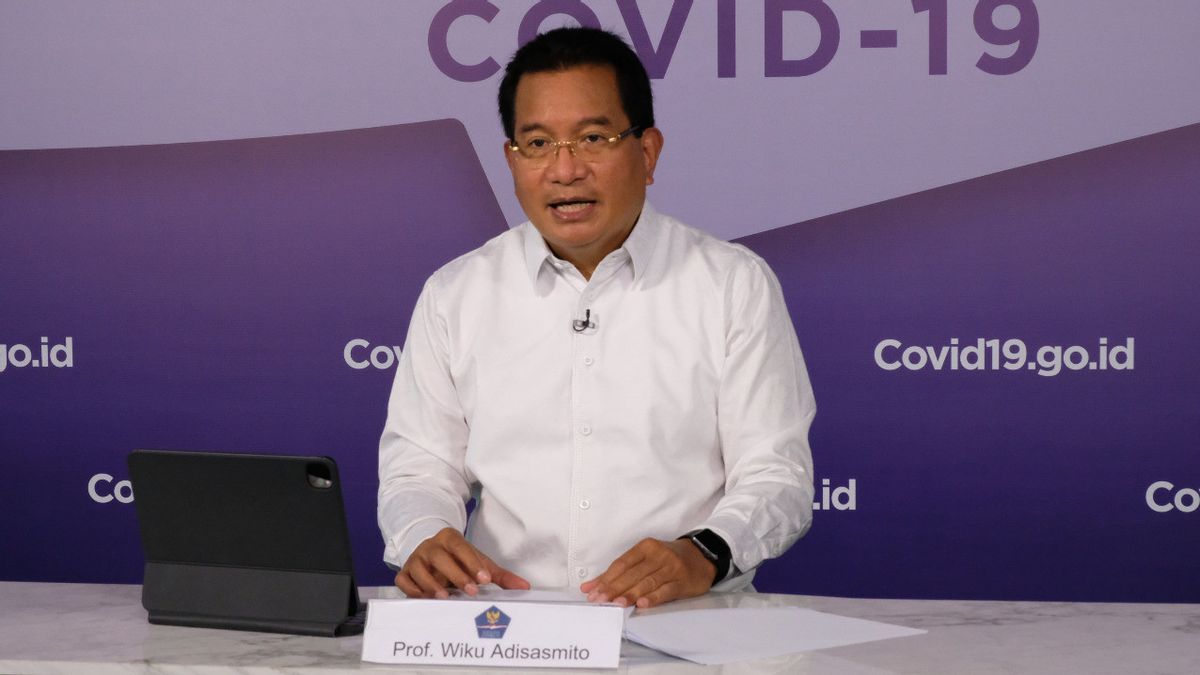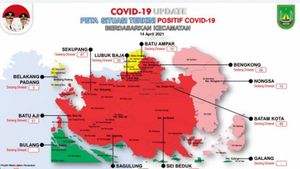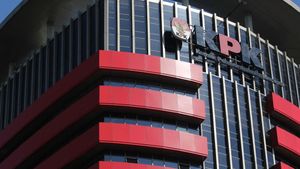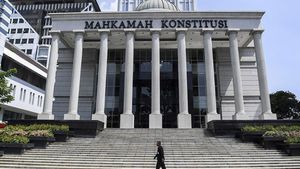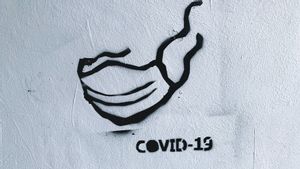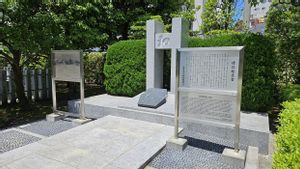JAKARTA - There was a decline in the trend of new COVID-19 cases by 14.2 percent this week when compared to last week. However, Wiku Adisasmito, spokesman for the COVID-19 Task Force, regretted the increase in the red zone for COVID-19.
Wiku said, based on the development of the risk zoning map as of April 11, 2021, there was an increase in districts/cities with a high risk of COVID-19. This week, the red zone increased from 10 last week to 11 districts/cities.
"For the record, there are 6 districts/cities that are in the orange zone, this week it has changed to the red zone", Wiku said in the National Board for Disaster Management (BNPB) Indonesia YouTube broadcast, Thursday, April 15.
The 6 regencies/cities in question are Tabanan and Denpasar City in Bali, Palembang in South Sumatra, Deli Serdang and Medan City in North Sumatra and Tanah Bumbu in South Kalimantan.
"For this reason, local governments from these 6 regions are asked to continue to monitor the development of their regional risk zoning", he said.
SEE ALSO:
Then, the orange zone or moderate risk also increased, from 289 to 316 districts/cities. Meanwhile, the yellow zone or low risk decreased from 207 to 178 districts/cities. Green zone No cases 8 districts/cities and 1 district/city not affected.
Wiku continued, other local governments were also asked to be vigilant and immediately monitor the progress of their risk zoning. He said that PR in risk zoning is to reduce districts/cities in the orange zone so that they can immediately move to the yellow and green zone.
"This week's development, the increasing red and orange zones indicate the need for us to continue to improve our handling and continue to improve coordination with all elements in the regions by utilizing the post's function", he explained.
The English, Chinese, Japanese, Arabic, and French versions are automatically generated by the AI. So there may still be inaccuracies in translating, please always see Indonesian as our main language. (system supported by DigitalSiber.id)
